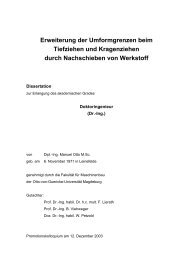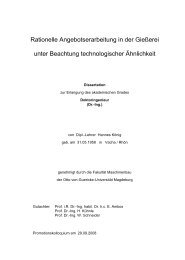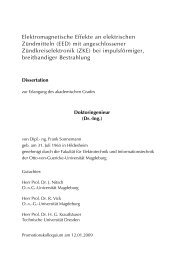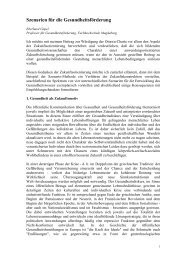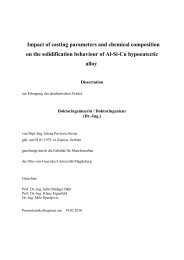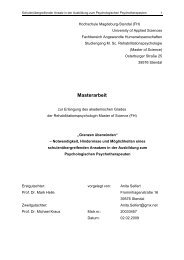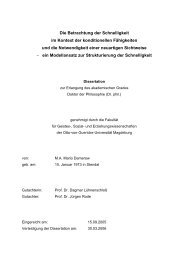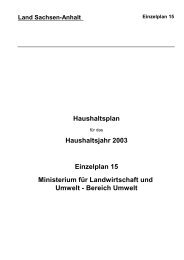Chapter 1
Chapter 1
Chapter 1
Create successful ePaper yourself
Turn your PDF publications into a flip-book with our unique Google optimized e-Paper software.
<strong>Chapter</strong> 5<br />
Challenges of globalization<br />
In the mid-1980s, Tunisia chose to adopt a market-oriented ment liberalization. Although the Tunisian economy has<br />
development strategy. Since that time, the Government has become stronger and more sophisticated since the late<br />
undertaken deficit reduction measures, tax reforms, some 1980s, the external environment has not stood still. The rest<br />
trade liberalization, and structural reforms in the areas of of the world is also changing rapidly, so that countries like<br />
pricing policy, deregulation, and financial market develop- Tunisia need to liberalize their economy with determination<br />
ment. Tunisian leaders have followed a consistent direction, and in a timely manner to maintain their growth prospects<br />
building up credibility over time. Their gradual, yet timely and enhance their international competitive position.<br />
approach has resulted in an impressive macroeconomic per- * The state needs to decrease further its size and role in the<br />
formance and significant social advances which are critical economy, strengthen its actions in the provision of public<br />
ingredients for higher long-run growth. goods, and encourage a higher level of private investment-<br />
This report has focused on the policies that will influence domestic and foreign. Further deregulation of public sector<br />
the future growth and development of Tunisia. The report monopolies and an acceleration of the privatization proanalyzes<br />
the areas expressed by the government as being gram would promote productive and allocative efficiency in<br />
strategic for Tunisia's future: achieving higher rates of the economy and enable the Government to focus on the<br />
growth in the context of sustainable environmental man- enforcement of regulations that encourage profitable activagement<br />
and the enhanced competitiveness of the economy ities, protect the public, and preserve the country's natural<br />
in a global market environment. In addition, the report resources.<br />
includes key issues raised by other groups in Tunisia (the pri- * Environmental constraints mean that further adjustvate<br />
sector and members of the academic community) on ments in growth plans must take place, particularly in agrithe<br />
role of the state in the economy, the development of the culture and tourism. By undertaking the necessary<br />
financial sector, and the adequacy of the education system adjustments now, the Government will be in a better posiin<br />
meeting the human capital requirements of the twentyfirst<br />
century.<br />
Strategic choices in the 1 990s<br />
tion to implement these reforms gradually.<br />
Pace of reform<br />
A general recommendation throughout the report is to<br />
After nearly a decade of reform, and as the country embarks implement the remaining reforms in a timely manner. This<br />
on a closer commercial relationship with Europe, the is consistent with the government's stated objective of<br />
Tunisian authorities should consider undertaking a more increasing the GDP growth rate from 4-5 percent to 6-7<br />
decisive and clear completion of reforms. The next one or percent. A slow approach to reform is more consistent with<br />
two years may well provide a unique opportunity for Tunisia keeping the growth rates at the respectable current levels.<br />
to use the momentum (and financial assistance) from the Gradualism, however, has two problems that make even<br />
trade agreement with the EU to absorb higher transition maintaining growth at its current rates difficult. The first<br />
costs and promote a real international integration of the problem is related to international markets. Many develop-<br />
Tunisian economy. Three key messages emerge from the ing countries are experiencing rapid reform, thus becoming<br />
report's analysis that present Tunisian authorities with formidable contenders with whom Tunisia will have to comimportant<br />
choices: pete in export markets and in attracting capital flows from<br />
* The pace of structural reform needs to move forward the developed world. The second problem refers to the<br />
more decisively, particularly in the areas of trade and invest- domestic economy. Further reform will benefit the country<br />
51




